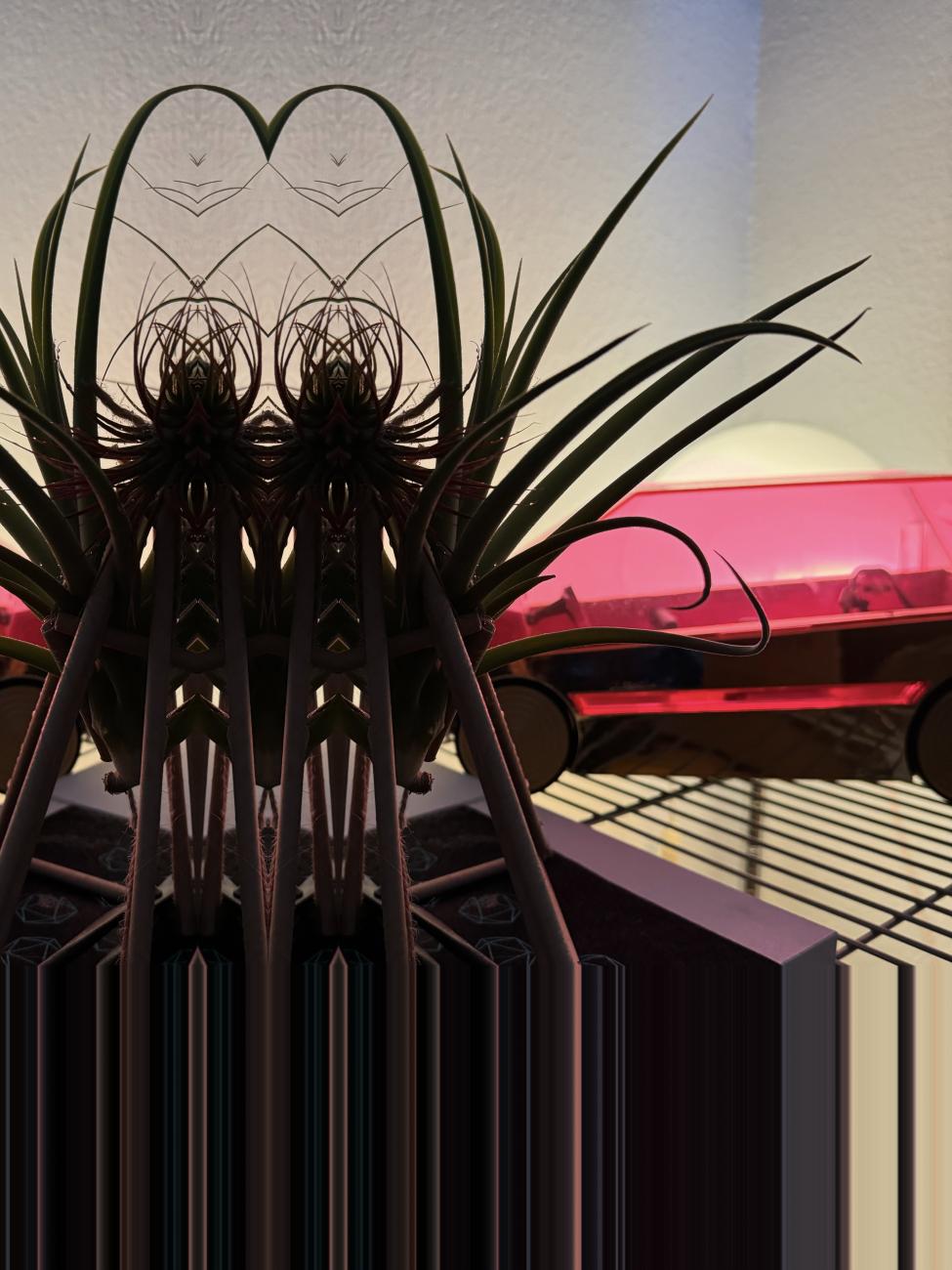
In an era where urbanization is rapidly transforming landscapes, the integration of green spaces within cities has become more crucial than ever. At ReLeaf, we draw inspiration from the pioneering work of individuals like Dan Hill, who emphasize the importance of the infrastructure of everyday life. This philosophy aligns perfectly with our vision of creating sustainable, regenerative urban environments. Here, we explore the potential of airplants and innovative shade structures as a scalable solution to urban greening.
The Vision of Airplant Integration
Our journey begins with the humble single airplant. These resilient plants, known as Tillandsia, thrive without soil, drawing moisture and nutrients from the air. They symbolize simplicity and adaptability, key qualities for urban greening initiatives.
Moving from a single airplant to a positioned plant, we see the deliberate placement of these plants on structures or surfaces. This can be on windowsills, balconies, or urban art installations, bringing nature into everyday spaces.
As these plants establish themselves, they become thriving plants, showcasing healthy growth and potentially reproducing. This stage is crucial as it demonstrates the sustainability of integrating airplants into urban settings.
Scaling Up: From Clusters to Networks
The next scale involves a cluster of plants. Grouping airplants creates visually appealing arrangements and increases their ecological impact. These clusters can be used to decorate public spaces, offices, and residential areas.
For vertical spaces, a vertical line of plants can be used. These are airplants arranged vertically, either hanging from lines or attached to walls and poles. This setup not only adds greenery but also utilizes vertical spaces that are often overlooked in urban environments.
On a larger scale, we have the flat network. Here, airplants cover horizontal surfaces such as roofs or pergolas. This arrangement provides shade, reduces heat absorption, and enhances the aesthetic appeal of buildings.
Building on this concept, a thick network involves a denser arrangement of airplants. This provides substantial coverage and shade, creating cooler microclimates in urban areas.
Innovative Shade Structures
A significant leap in scale is the creation of shade structures. These are functional constructions made primarily of airplants and jute, designed to offer shade and reduce urban heat islands. These structures can be standalone canopies, pergolas, or even awnings, integrating seamlessly into urban landscapes.
When multiple shade structures are interconnected, they form a network of shade structures. This setup can cover large areas like parks, plazas, or outdoor markets, providing extensive cooling effects and creating pleasant communal spaces.
From Neighborhoods to Regions
Imagine a neighborhood where these shade structures are prevalent, contributing to what we call neighborhood integration. This level of adoption transforms urban areas into green oases, promoting well-being and reducing the overall ecological footprint.
On an even larger scale, citywide implementation involves the broad adoption of airplant and shade structures throughout an entire city. This transformation turns cities into greener, more livable spaces, fostering a stronger connection between residents and their environment.
Ultimately, the goal is a regional ecosystem. Multiple cities or regions adopting the airplant shade structure concept can create a widespread network of sustainable urban environments. This level of integration not only addresses local environmental issues but also contributes to regional ecological balance.
Aligning with Dan Hill's Teachings
Dan Hill's teachings on the infrastructure of everyday life resonate deeply with our approach. By integrating airplants and shade structures into daily urban life, we are not merely adding aesthetic value but fundamentally enhancing the living conditions within cities. This alignment with everyday infrastructure ensures that our green initiatives are sustainable, practical, and deeply intertwined with the lives of urban dwellers.
Conclusion
At ReLeaf, we believe in the power of nature to transform urban environments. Through the scalable integration of airplants and innovative shade structures, we envision cities that are not just sustainable but regenerative. By following the principles laid out by visionaries like Dan Hill, we can create urban landscapes that are both beautiful and functional, fostering a harmonious relationship between humans and nature. Join us in this journey to green our cities, one airplant at a time.